Filter Help
Jan 17, 2019 00:02:21 #
amfoto1
Loc: San Jose, Calif. USA
bnsf wrote:
Can or should you combine the UV and Polarizer filters together or should they be used separately?
You should avoid stacking filters as much as possible.
With digital the UV filter serves no purpose what-so-ever, so just leave it at home and only use the polarizer when it's appropriate.
The only exception I'd ever make to the filter stacking rule is with ND filters (the full type, not the graduated). If I needed a really strong ND, I might combine two weaker ones, so long as there's not a vignetting problem with the lens they are being used upon
Jan 17, 2019 00:24:11 #
amfoto1
Loc: San Jose, Calif. USA
Bipod wrote:
...
Anything you add to the front of a lens reduces flare. The worst surface that
the sun can strike is the objective (front) element of the lens, because it is
convex and thick.
So, in the absence of a good lens hood, screwing a piece of multi-coated plain
glass to the front of a lens often reduces flares and improves contrast.
....
Anything you add to the front of a lens reduces flare. The worst surface that
the sun can strike is the objective (front) element of the lens, because it is
convex and thick.
So, in the absence of a good lens hood, screwing a piece of multi-coated plain
glass to the front of a lens often reduces flares and improves contrast.
....
Sorry, but this is utter bunk. Exactly the opposite is true. Filters INCREASE flare when the sun strikes them!
If you don't believe me, go shoot a sunset directly.... Once with a filter, once without it. I guarantee you that the shot with the filter will have added veiling flare and ghost flare artifacts. Higher quality, multi-coated filters will add less flare than cheap, uncoated filters... But ANY filter will increase it to some extent when the sun strikes the filter directly, such as when shooting a sunrise or a sunset.
A polarizing filter is one of the worst for this, because it has multiple layers of glass. (Besides, a polarizer has no polarizing effect when it's pointed directly at a light source.)
Below image was shot directly into the sun with a high quality, multi-coated circular polarizer on a lens that's pretty darned flare resistant:

There is overall veiling flare that's washed out colors and reduced the contrast in the above image. In addition, there are a number of ghost artifacts plus chromatic aberration was amplified.
Here are some enlarged details from that image, with many of those "issues" pointed out (most of the ghost flare artifacts are quite small and may be difficult to see at Internet resolutions):

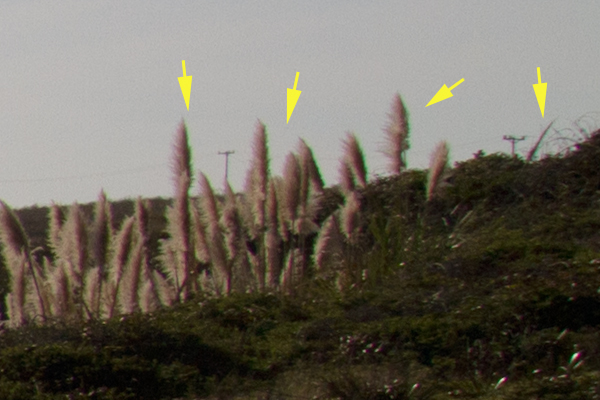
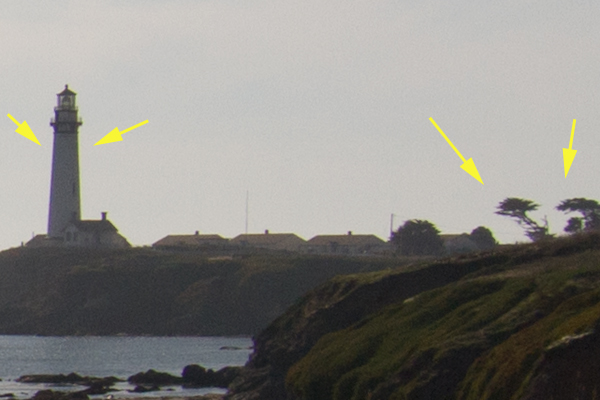
Actually, the above image came out better than I expected. With some work in Photoshop, I was able to fix many of the issues. The chromatic aberration was the most difficult, because it's blue/yellow CA in the center of the image and green/magenta toward the edges! Below is the corrected image with the ghost artifacts retouched out, contrast and saturation boosted considerably, and more:

But most or all that additional work could have been avoided simply by not using a filter on the lens, as was done for the shot below which required almost no retouching or post-processing at alll:
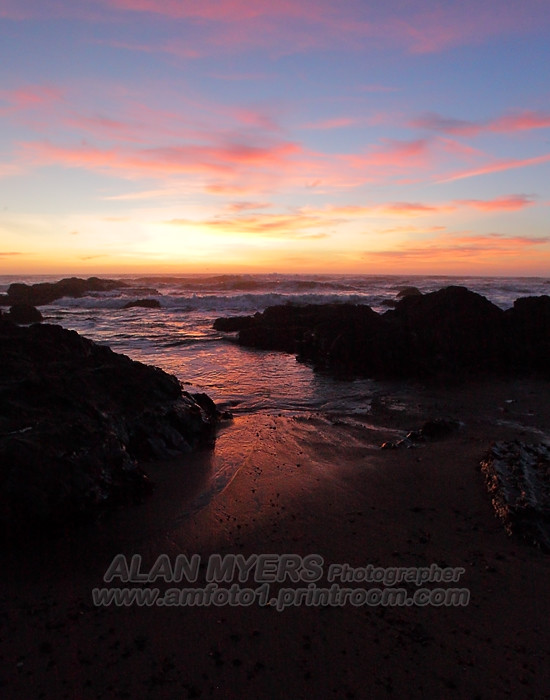
Finally, a good, well-fitted lens hood should virtually always be used. It won't help when directly shooting sunsets and sunrises, where the sun is actually in the image or very near to it. But it will help in most other situations, by keeping oblique light off the lens (AND any filter you might be using). In addition, while shooting with the lens, a hood provides better physical "protection" against bumps than a thin piece of glass ever could. (A lens CAP provides the best protection when storing the lens.)
When I got my Canon EF-S 10-22mm ultrawide I was surprised by how large and cumbersome it's matched lens hood was. It's like a small Frisbee! I knew the lens was highly flare resistant, so thought maybe I could just leave that hood at home (I always carry and virtually always use hoods on all my other lenses). So I decided to test it with and without the hood. Here are the results... Left image without the hood, right image made with it installed (the clouds moved a bit while I was installing the hood).
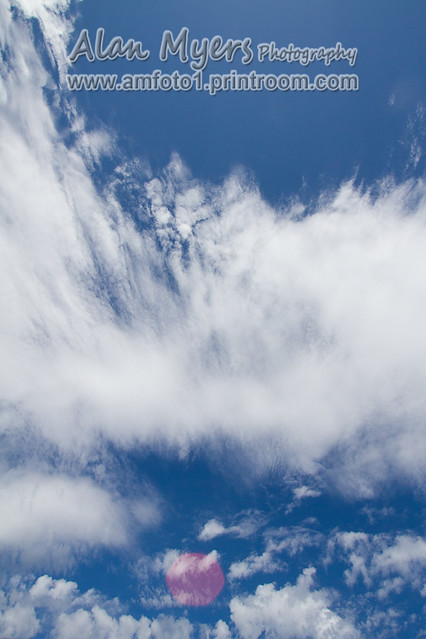
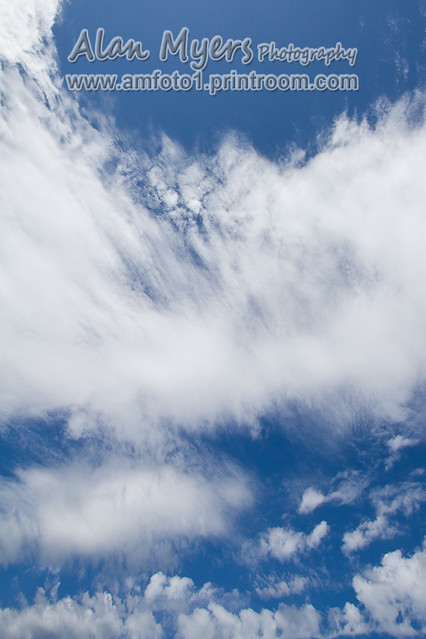
Needless to say, I always use the matched hood on that lens, too... even if it's a bit of a pain to stow in my camera bag.
Jan 17, 2019 05:23:07 #
catchlight..
Loc: Wisconsin USA- Halden Norway
Something that may spark interest...
With it's roots in film, a graduated ND may still have a specific appeal to those who are not going to post process with digital.
But an "out of the box" suggestion that I use:
Stack your (polarized) sky exposures that have been shifted left- center- right (use a tripod).
Extreme wide angle can be easily balanced with attention to what is visual during the exposures.
With it's roots in film, a graduated ND may still have a specific appeal to those who are not going to post process with digital.
But an "out of the box" suggestion that I use:
Stack your (polarized) sky exposures that have been shifted left- center- right (use a tripod).
Extreme wide angle can be easily balanced with attention to what is visual during the exposures.
Jan 17, 2019 07:47:59 #
srt101fan wrote:
Why are you recommendig a UV filter? I thought they had little effect on digital sensor....
That's correct: they have a little effect.
The paper linked below tests s a "typical consumer camera" image sensor with filter and beyer
matrix in place. The spectral sensitivity curve for each RGB sensor show that the "blue" sensor \
has a realtive rsponse of 0.35 (out of 1) at 400 nm wavelength -- the beginning of the UV range.
However, 1 is the senstivity of the "green" sensor --the maximum sensitivity of the blue sensor is
only 0.76 on this scale. So the roll off is only about 54% at the beginning of the UV range for a
blue sky on this particular sensor (a Sony CCD from 2008):
http://nopr.niscair.res.in/bitstream/123456789/6098/1/IJPAP%2047%2810%29%20703-707.pdf
Of course, it depends on the filter used by the sensor manufacturer. There is no hard and fast rule.
With the UV filter, you get a sharper roll-off of sensitivity to UV light. That's a good thing.
How much it helps will vary from sensor to sensor, but will probably never be as large as with film.
Another factor is the lens, and whether the optical cement absorbs UV (as epoxy-based cements do).
Again, in most cases we just don't know.
Coated UV filters cost little money and have other benefits (protecting the lens from damage and moisture
and -- somewhat suprisingly -- reducing flare caused by the sun in the absence of a good lens hood).
So I thought it was worth listing among the options.
Jan 17, 2019 08:00:54 #
amfoto1 wrote:
Sorry, but this is utter bunk. Exactly the opposit... (show quote)
Well, you've proved that an uncoated filter can cause visible flare if one aims it
directly at the sun. Was there ever any doubt?
Sorry---I should have specified a coated filter. Obviously, it is invalid to compare
an uncoated filter to a coated lens.
I wish you had read my post a little more carefully before you declared it bunk.
I specifically referred to the sun or bright light outside the angle-of-view.
That's where the flatness of the filter has an advantage over a convex lens.
Also, you are considering only visible flare. The most commonly occuring flare is
not visible as a streak or flash, but still reduces contrast and washes out fine detail (in the
same way a light leak in a camera would). If you don't know that, then you just
learned something.
Experiments mean nothing unless they are designed to test the hypothesis.
You did not take the same shots without the filter -- the flare might have been
worse, for all you know. And you compared an uncoated filter to a coated lens.
And you included the sun in the angle-of-view.
Quote:
Needless to say, I always use the matched hood on that lens, too... even if it's a bit of a pain to stow in my camera bag.
Needless to say, I always use the matched hood on that lens, too... even if it's a bit of a pain to stow in my camera bag.
That's good, but that puts you in a minority--at least among amateur photographers.
And how good is the matched hood for, say, a 18 - 300 mm zoom? It has to work with 18 mm. At the
300 mm focal setting, it's way too short and broad. Only an adjustable or telecoping hood can fully protect a
zoom lens across all its focal settings -- and the user has to keep adjusting it--a big hassle.
Jan 17, 2019 08:51:16 #
Keith S wrote:
From everything I have read lately the UV filters were used in the old days with film. Today's film is suppose to be much better with UV and may not be needed at all. I will be doing my own test on that since I dragged my old Pentax off the shelf a few weeks ago.
Ahh retirement, so much time to play around.
Keith
Ahh retirement, so much time to play around.
Keith
The spectral response curves for some current B&W films suggest that UV
sensitivity is a mixed bag.
Ilford FP4 Plus. HG5 Plus, Pan 100 and Pan 400 decline fairly sharply
beyond 400 nm, and reach a minimum by 350 nm.
On the other hand, Kodak Tri-X sensitivity is rather flat all the way down to 300 nm
(where the graph simply ends -- no data below 300 nm). Curve is on p. 7:
http://imaging.kodakalaris.com/sites/prod/files/files/products/f4017_TriX.pdf
Kodak Professional TMax 400's spectral sensitivity is very similar to Tri-X:
http://imaging.kodakalaris.com/sites/prod/files/files/products/f4043_TMax_400.pdf
The situation might be different for color -- but there aren't many people
shooting color film these days (since color digital cameas are more common
than true monochrome digital cameas are--i.e., the Leica M9 Monochrome).
The blue layer in Fujichrome Velvia 400 colo slide film drops off very sharply at 400 nm.
http://www.fujifilm.com/products/professional_films/pdf/velvia_100_datasheet.pdf
Jan 17, 2019 09:02:20 #
amfoto1 wrote:
Sorry, but this is utter bunk. Exactly the opposite is true. Filters INCREASE flare when the sun strikes them!
...
Needless to say, I always use the matched hood on that lens, too... even if it's a bit of a pain to stow in my camera bag.
...
Needless to say, I always use the matched hood on that lens, too... even if it's a bit of a pain to stow in my camera bag.
FWIW. While you may be right AND your images are generally quite pleasant, and your hooded-and-hoodless images of the clouds are a good example for the particular instance of the value of a hood ...
... however, you did NOT provide an example of a contemporaneously produced image with a filter to demonstrate the point you are trying to make that a filter may-or-will degrade the captured image.
And, your first example which you corrected in post-production is NOT as good an example as you want to use to illustrate the point you are trying to make BECAUSE we do not know if the degradation is due to artifacts on the lens surface and/or other deficiencies in the lens vs. the filter which you say was attached to the lens (which we are supposed to presume is pristine, but may not have been) ...
... and, while you display the portions of the original image which you found to be worrisome, you did not provide comparables showing the PP corrections which you made.
BTW. Couldn't you see the "flare" in the viewfinder before you snapped-the-picture?
Heck, you lightened the sky in the finished image you provided; so, who is to say how much a PROPER initial exposure might have been as a starting point for you to manipulate?
I doubt that the filter you may have had on the lens DULLED the lighting on the hillside vegetation which you chose to enhance ...
... and, I would attribute the slightly less-than-sharp aspect of those plants being due to a slight breeze rather than degradation by the filter which you had on the lens.
ALL we can take away from the specific examples you provided is that a hood can mitigate the unwanted effects caused by side light AND post-production can be a good thing vs. a filter may be a bad thing to attach to a lens.
If you want to reply, then register here. Registration is free and your account is created instantly, so you can post right away.